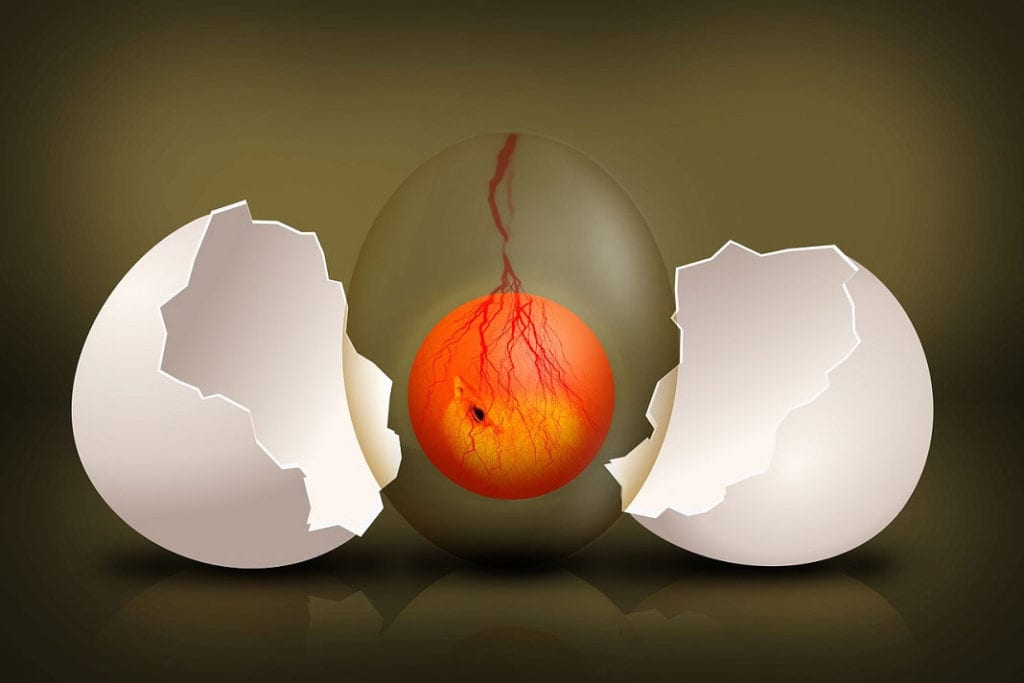It doesn’t seem possible to have a conversation these days without it devolving into some sort of partisan shouting match will little hope of resolution. Issues that we might think of as above reproach are suddenly up for heated debate.
For example, the protection of children from illness and disease. The debate over vaccines is alive and well. Having babies tested for genetic abnormalities while still in the womb is not yet universally accepted or available. Another area that is still raging is the possible use of gene editing on as-yet-unborn children.
A host of genetic conditions can be tested for and some even may be able to be treated before the birth. Some of those conditions may be Bohring-Opitz syndrome (BOS), Bainbridge-Ropers syndrome (BRS), or giant axonal neuropathy (GAN).
Young Millie McWilliams was diagnosed at the age of six with a rare gene mutation that caused Bainbridge-Ropers syndrome. Neither of her parents displayed the same mutation; it was spontaneous in Millie. This situation is unique in that this is a genetic condition, but it was not inherited.
Hannah Sames’s experience is even rarer than Millie’s. She has giant axonal neuropathy.
This condition is rare because it needs two mutations of the same gene to manifest itself. There are so few people with the mutated gene, her parents decided to get tested. It turned out that she inherited both mutated chromosomes from her mother and not one from her father. The chances of inheriting both chromosomes from a single parent are almost as astronomical as both parents having the mutation in the first place.
While these two young ladies have defied the odds of the genetic pool, there may be hope around the corner. The United States National Academy of Sciences has published a report that outlines the possible “embryonic engineering” possibilities that may soon be available to parents.
The idea of gene editing has some people up in arms though. Some see this as the first step to “designer babies” or a real life Jurassic Park scenario. For these people, there are other options than editing using fancy technology. Parents can find surrogates for themselves if they don’t like the odds of passing on genetic conditions. If in vitro fertilization is possible, then the doctors can choose a viable embryo without the genetic condition. And of course, there is always adoption.
It really is amazing what science has produced. It’s just as impressive what good old fashion ingenuity has accomplished with finding ways to work around a situation.
Click here to read an article about Millie and Hannah that advocates for the more simple approach.





